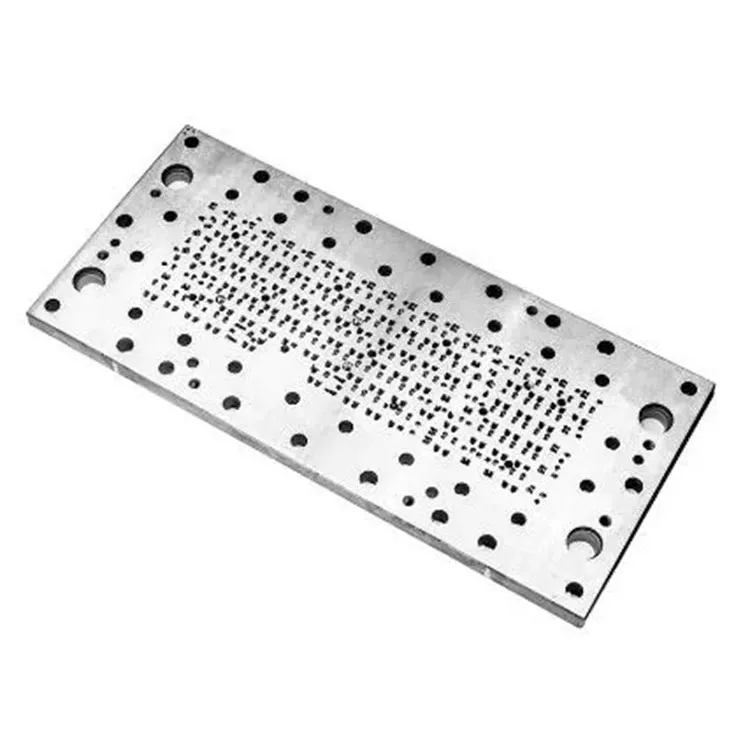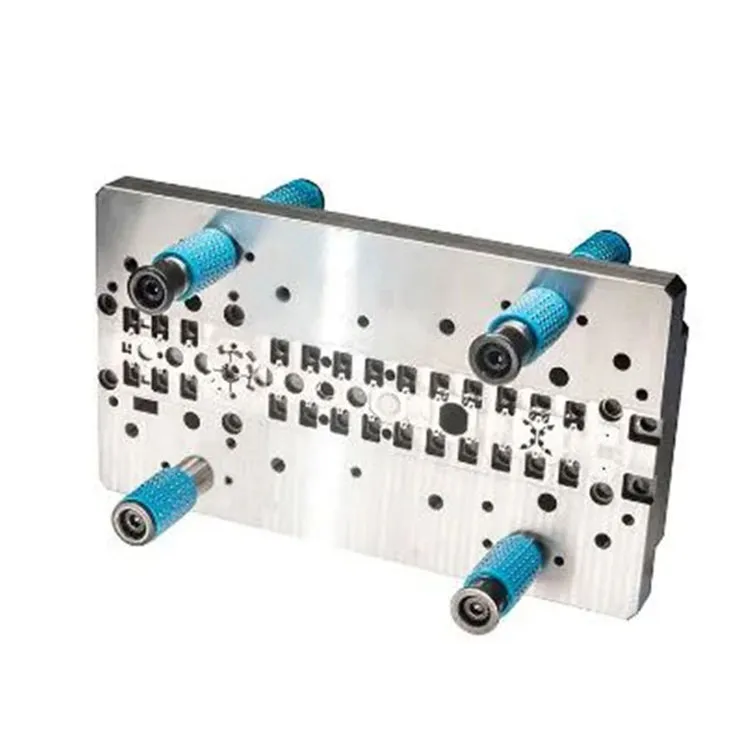
In the electronics manufacturing industry, stamping moulds have traditionally played a pivotal role in the production of various components. However, recent advancements in stamping mould technology are now revolutionizing the entire electronics manufacturing landscape.
Innovative Design and Manufacturing Techniques
Manufacturers are now leveraging advanced design software and precision manufacturing techniques to create stamping moulds with unparalleled accuracy and reliability. These moulds are capable of producing intricate and complex components with tight tolerances, ensuring high-quality finished products.
Furthermore, the integration of automation and robotics in the stamping mould manufacturing process has significantly increased production efficiency and reduced labor costs. This has enabled manufacturers to produce larger quantities of components in a shorter timeframe, meeting the growing demands of the electronics market.

Material Advancements
In addition to design and manufacturing techniques, material advancements are also playing a crucial role in the evolution of stamping moulds. Manufacturers are now using high-performance materials such as tungsten carbide, ceramic, and advanced composites to create moulds that offer superior wear resistance, hardness, and thermal stability.
These materials enable stamping moulds to withstand the rigorous demands of high-speed stamping processes, reducing the risk of wear and tear and extending the lifespan of the moulds. This, in turn, leads to reduced downtime and maintenance costs, further enhancing production efficiency.
Sustainability and Environmental Concerns
As the electronics manufacturing industry continues to grow, sustainability and environmental concerns are becoming increasingly important. Manufacturers are now focusing on developing stamping moulds that are more environmentally friendly and energy-efficient.
This includes the use of recyclable materials, reduced waste generation, and energy-saving manufacturing processes. By adopting these practices, manufacturers are not only contributing to the sustainability of the industry but also aligning their operations with the global trend towards responsible and ethical manufacturing.

Collaborative Innovation
The electronics manufacturing industry is also witnessing a rise in collaborative innovation among manufacturers, research institutions, and end-users. These collaborations are fostering a culture of continuous improvement and innovation, enabling manufacturers to stay ahead of the competition and meet the evolving needs of their customers.
By sharing knowledge, resources, and expertise, these partnerships are accelerating the pace of technological advancements and shaping the future of electronics manufacturing. This collaborative approach is particularly important in the stamping mould industry, where innovation and customization are key to success.
